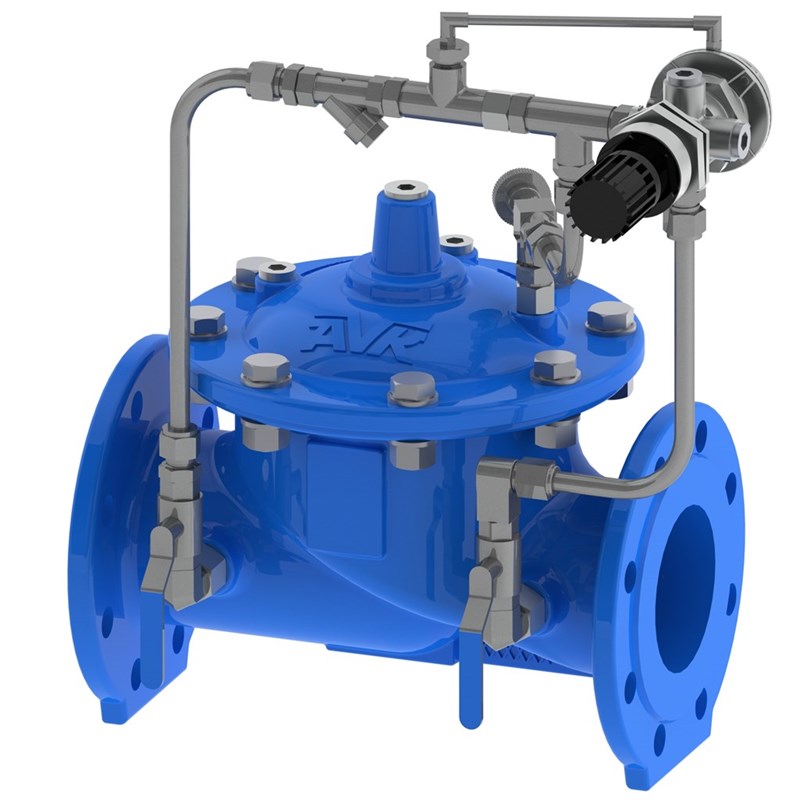Important Factors to Take Into Consideration When Selecting Control Valves
Important Factors to Take Into Consideration When Selecting Control Valves
Blog Article

Maximize Energy Cost Savings and Comfort With Advanced Building Automation Controls
In the world of contemporary style and facility monitoring, the assimilation of advanced structure automation manages stands as an essential improvement. The convergence of technology and sustainability has birthed a new age where energy performance, comfort optimization, and functional streamlining are no more achievable realities yet remote aspirations. By taking advantage of the power of automation, structures can adjust, respond, and progress in manner ins which were once unthinkable. The capacity for significant energy savings and improved comfort is not just a promise yet an opportunity waiting to be satisfied. This paradigm change in building monitoring holds the essential to opening a world where ecological conscientiousness and owner wellness harmoniously exist together within the walls of our structures.
Power Effectiveness Benefits
Energy performance advantages can considerably minimize power consumption and functional costs in structures. Energy-efficient systems, such as innovative structure automation controls, can enhance the use of sources like home heating, cooling, and lights, leading to lower power expenses over time.
Moreover, enhanced energy performance can lengthen the life-span of building devices and systems. By running extra effectively, a/c systems, light, and other structure parts experience less wear and tear, resulting in decreased maintenance and substitute prices. Additionally, energy-efficient structures commonly regulate higher residential property values and rental rates, supplying long-lasting monetary advantages to owners.
In addition, energy performance can enhance occupant convenience and productivity. Effectively managed interior environments with optimum lighting and thermal problems produce a more pleasurable and helpful work area, bring about improved staff member contentment and performance. Overall, the power performance advantages connected with innovative structure automation controls are complex, encompassing cost financial savings, environmental stewardship, and occupant well-being.
Enhanced Comfort Control
Enhancing convenience control in building atmospheres requires an advanced assimilation of sophisticated automation systems for ideal passenger health. By making use of advanced building automation controls, centers can tailor the indoor setting to fulfill the certain requirements and preferences of occupants. control valves.
By integrating these sophisticated controls, structures can not just improve convenience however also improve power effectiveness by optimizing system procedures based on actual occupancy and usage patterns. Inevitably, prioritizing occupant convenience through advanced automation systems leads to a more delightful and much healthier interior setting.
Functional Effectiveness Improvements

In addition, the application of real-time surveillance and analytics devices enables structure operators to recognize power inefficiencies and operational abnormalities quickly. By continually keeping an eye on energy use patterns and system performance metrics, modifications can be made in real-time to maximize power consumption and make certain peak operational effectiveness. control valves. In addition, including demand action strategies right into structure automation controls can even more enhance functional efficiency by dynamically adjusting energy use based on grid conditions and prices signals
Indoor Environment Optimization
Efficient indoor climate optimization is a fundamental aspect of structure automation controls, ensuring residents' comfort and well-being while maximizing energy cost savings. By making use of advanced sensing units and controls, building automation systems can continually change and check temperature level, moisture degrees, air high quality, and wikipedia reference air flow to develop an ideal indoor atmosphere. Keeping comfortable and regular problems not just improves resident fulfillment however likewise enhances efficiency and total wellness.
Indoor climate optimization likewise plays an essential role in power efficiency. By fine-tuning home heating, ventilation, and air conditioning systems based on real-time data and tenancy patterns, building automation controls can dramatically reduce energy usage - control valves. Executing strategies such as demand-controlled ventilation and thermal zoning can help minimize energy waste while guaranteeing that each location of the building gets the needed conditioning.

Lasting Atmosphere Development
Structure automation controls not just maximize indoor environment problems for power effectiveness and occupant convenience but likewise lay the foundation for developing a sustainable atmosphere with tactical monitoring of resources and systems. By incorporating advanced structure automation innovations, such as sensing units, actuators, and smart software program, facilities can monitor and readjust power usage in real-time to reduce waste and lower their carbon footprint. These systems make it possible for predictive upkeep, identifying prospective problems before they intensify and enhancing equipment efficiency to enhance durability and efficiency.
Moreover, lasting setting creation prolongs beyond energy monitoring to include water preservation, waste reduction, and interior air high quality renovation. Structure automation controls can manage water use, discover leaks, and make sure proper waste disposal techniques, adding to general sustainability initiatives. Additionally, by checking and regulating ventilation and filtration systems, these innovations boost owner health and go to website efficiency while lowering power consumption related to a/c procedures.
Conclusion
To conclude, advanced building automation controls offer considerable advantages in terms of power financial savings, comfort control, functional efficiency, interior environment optimization, and creating a lasting atmosphere. By applying these controls, structures can achieve optimal performance while decreasing energy usage and improving resident comfort. It appears that making use of sophisticated automation modern technology is essential in improving building performance and producing a much more lasting future.
Power effectiveness advantages can substantially decrease power usage and operational costs in structures. In general, the energy efficiency benefits associated with innovative structure automation controls are diverse, incorporating cost savings, environmental stewardship, and resident wellness.
In addition, integrating demand feedback techniques right into structure automation controls can better enhance operational efficiency by dynamically changing energy use based on grid problems and see post pricing signals.
Building automation regulates not just optimize indoor environment conditions for energy performance and occupant comfort but also lay the foundation for producing a sustainable environment through strategic management of resources and systems.In final thought, progressed building automation regulates deal significant advantages in terms of power savings, comfort control, functional performance, interior climate optimization, and creating a lasting atmosphere.
Report this page